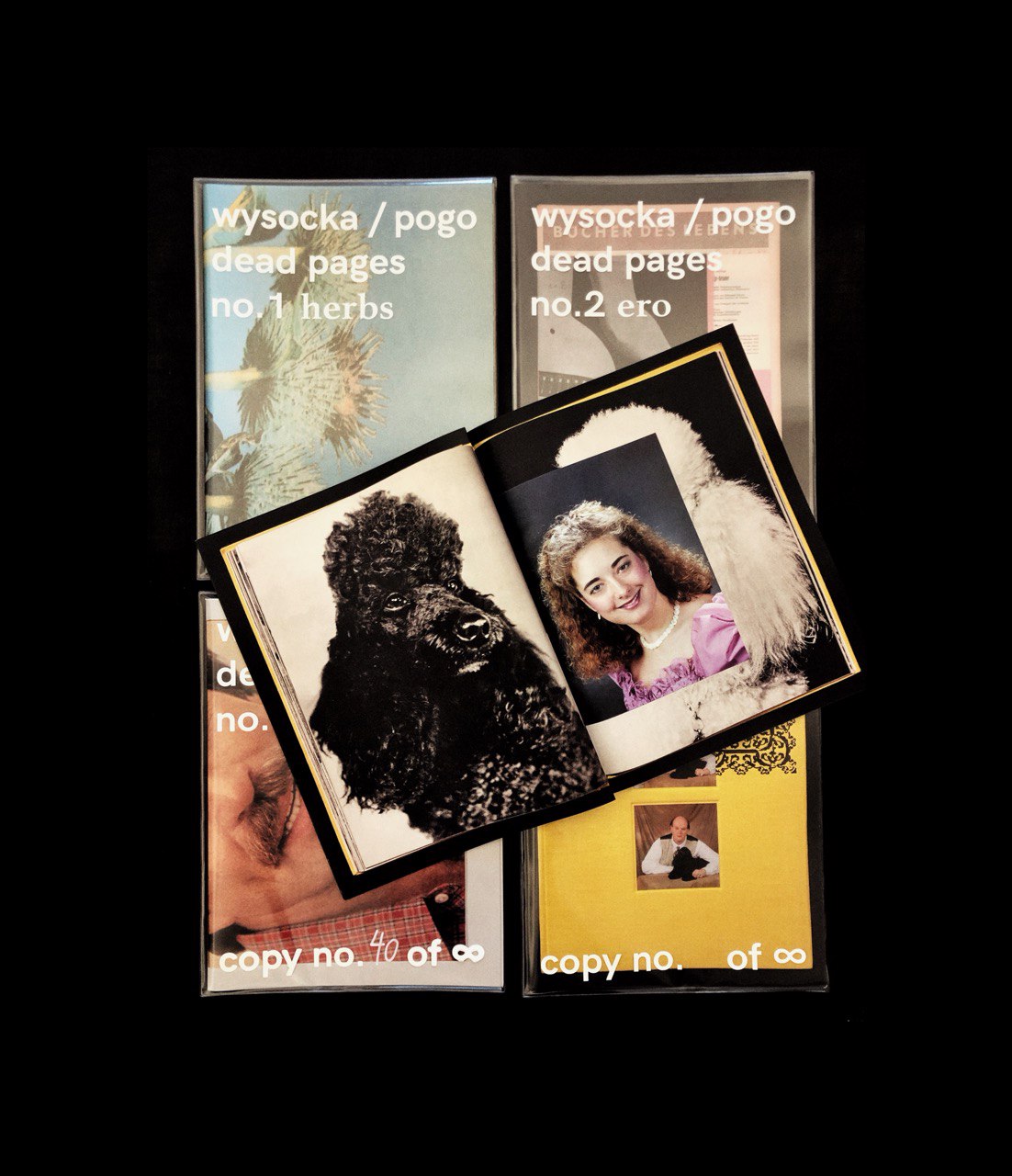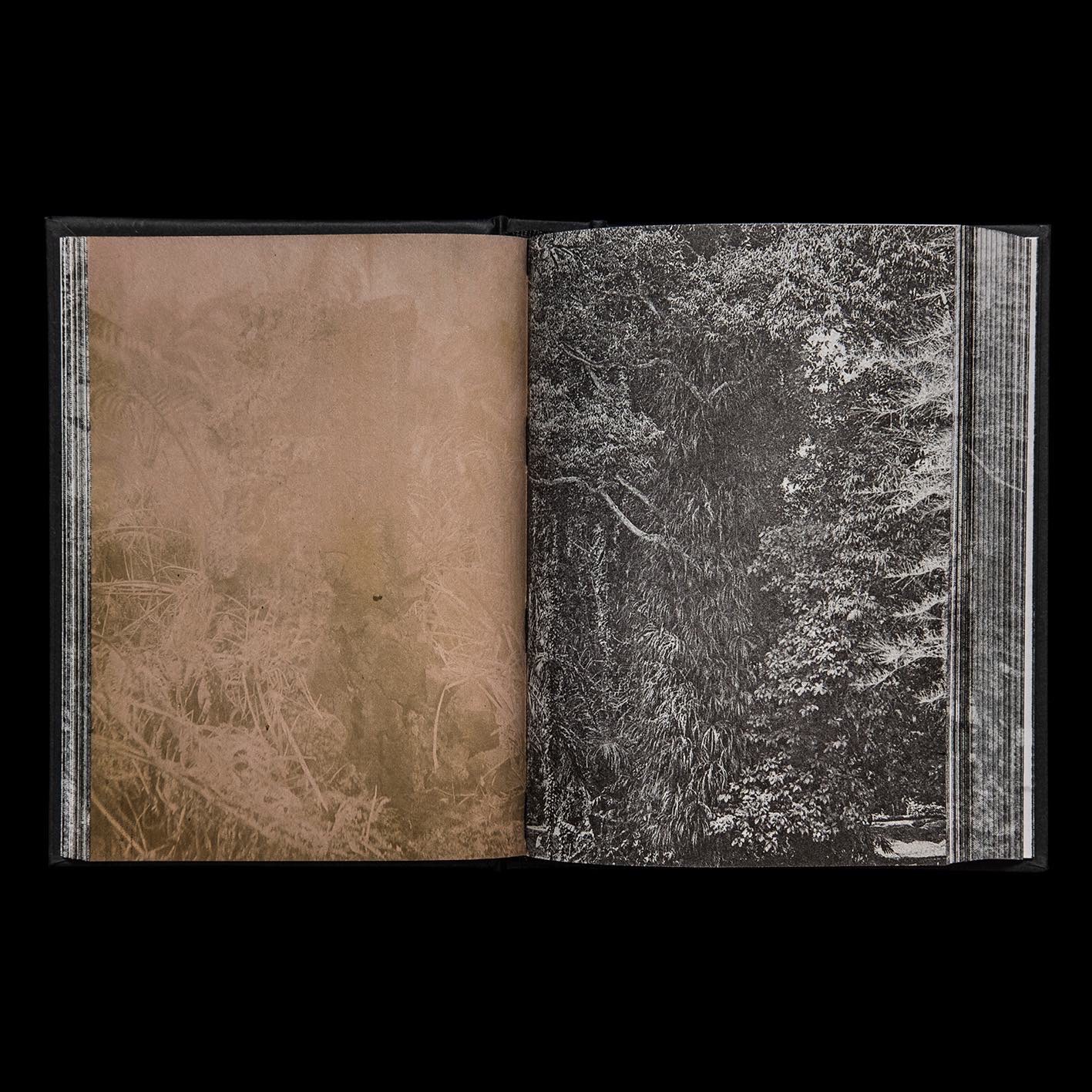OUTER SPACE PRESS
We are Berlin based artist duo—Magdalena Wysocka and Claudio Pogo, running Outer Space Press together since 2016. Created from a dream of being truly independent—OSP is a small press which publishes our work in a form of hand crafted artists’ and photobooks in small print runs. We are a hybrid of sorts, unique in the field of photobooks studio not only designing, editing but also printing and binding most of our titles entirely in–house. Our approach to publishing is slow, as we produce and finish each and every book in our catalogue by hand.
The focus of our practice is a reinterpretation of a classic photobook through experimentation with printing, often deliberately using imperfect printing processes, like risograph or other stencil based mediums, which we modify to fit our concepts.
Claudio has a background in publishing and photography (running PogoBooks since 2010), and Magda completed her education in printmaking and design (MA degree in Printmaking at Academy of Fine Arts in Katowice, Poland).
The focus of our practice is a reinterpretation of a classic photobook through experimentation with printing, often deliberately using imperfect printing processes, like risograph or other stencil based mediums, which we modify to fit our concepts.
Claudio has a background in publishing and photography (running PogoBooks since 2010), and Magda completed her education in printmaking and design (MA degree in Printmaking at Academy of Fine Arts in Katowice, Poland).

